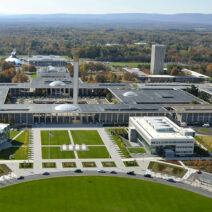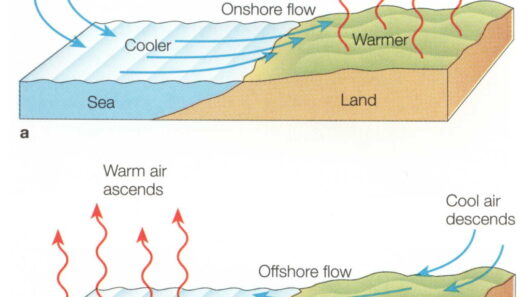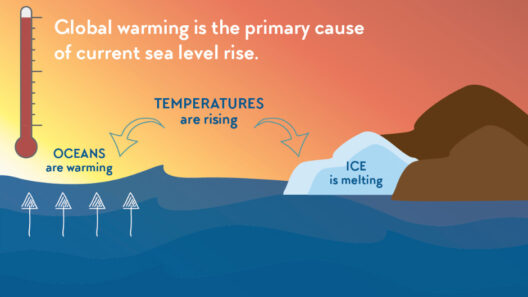Puerto Rico, an enchanting Caribbean island, is characterized by its formidable contradistinction between serene coastal breezes, vibrant rainforests, and the tempestuous nature of hurricanes. This dynamic climate ecosystem not only captivates inhabitants and visitors alike but also presents a complex interplay of environmental factors that shape life on the island. This article endeavors to explore the intricate details of Puerto Rico’s climate, revealing the myriad elements that contribute to its unique atmospheric phenomena.
The island’s climatic variations are largely dictated by its geographical position within the Caribbean, coupled with the elevation changes across its terrain. Puerto Rico sits centrally in the Caribbean Sea, embracing the warm, moist air currents that sweep across the region. These winds are responsible for bringing the abundant rainfall that nourishes the lush vegetation found in its famous rainforests. The island’s central mountainous spine, characterized by the Cordillera Central, creates a rain shadow effect, resulting in differentiated pockets of climate. Such geographic complexities give rise to microclimates where distinct ecosystems flourish, from arid coastal regions to the verdant lushness of the interior forested areas.
Rainforests, such as El Yunque National Forest, epitomize the rich biodiversity that evolves within Puerto Rico’s climate. This rainforest, the only one in the U.S. National Forest System, is a testament to the island’s climatic bounty. The copious rainfall—typically ranging from 120 to 200 inches annually—paired with a relatively stable year-round temperature averaging between 70°F and 80°F, creates an ideal environment for diverse flora and fauna. The importance of these rainforests extends beyond mere beauty; they play a crucial role in regulating the local climate, supporting hydrological cycles, and providing essential resources for countless species, including many endemic to the island.
The fascination with Puerto Rico extends beyond its idyllic landscapes and into the tumultuous realm of hurricanes. The peak hurricane season spans from June to November, during which the island becomes vulnerable to the tumult of nature’s most ferocious storms. Situated at the crossroads of several atmospheric patterns, Puerto Rico often finds itself in the path of hurricanes that form in the Atlantic. These storms bring with them not only destruction but also a stark reminder of the island’s precarious relationship with climate variability.
Puerto Rico has experienced devastating hurricanes that have left indelible marks on its societal and environmental fabric. Hurricane Maria in 2017 serves as a poignant example. With winds exceeding 155 miles per hour, the storm wrought havoc—flattening homes, disrupting infrastructure, and plunging the island into a humanitarian crisis. Such extreme weather events catalyze discussions around climate change and its implications for island nations. They prompt deep contemplation about the resilience of ecosystems and humanity’s capacity to adapt to the inexorable forces of nature.
Moreover, the intrinsic beauty of Puerto Rico’s landscapes also hides beneath its surface the effects of climate change. The warming global temperatures have escalated sea levels, thus increasing the island’s vulnerability to flooding and storm surges. Coral reefs, vital to marine ecosystems and tourism, face threats from increased ocean temperatures and acidification. This transformation poses severe risks not just to the species that inhabit these reefs but to the local economies that depend on their health and resilience.
Understanding the relationship between the climatic characteristics of Puerto Rico and its ecosystems challenges us to recognize the interconnectedness of our world. The island’s biodiversity is a repository of natural heritage that holds significant ecological, cultural, and economic value. Efforts to promote environmental conservation are becoming paramount as awareness of these intricate connections grows. Initiatives toward sustainable tourism and conservation of natural habitats underscore an evolving appreciation for Puerto Rico’s unique climatic phenomena and their implications on future generations.
Additionally, the islanders’ cultural practices and historical narratives are inextricably linked to the environment. Puerto Ricans have traditionally adapted their livelihoods in rhythm with the climatic conditions, from agriculture to fishery practices, showcasing a profound respect for the land and sea. This cultural framework is foundational to the resilience seen within Puerto Rican communities, who continue to navigate the challenges posed by their climate while celebrating their rich heritage.
As the world grapples with the overarching issues of climate change, Puerto Rico exemplifies the complex tapestry of natural beauty and environmental fragility. The interplay of island breezes, lush rainforests, and the looming menace of hurricanes invites a deeper examination of not just Puerto Rico’s climate but the broader environmental discourse we face globally. We are reminded that nurturing appreciation for such climates is crucial in fostering stewardship of our natural environments. Through understanding Puerto Rico’s climatic narrative, we can amplify a collective responsibility to safeguard the ecosystems that sustain life across the planet. Acknowledging the wonder and vulnerability of this Caribbean jewel is essential for ensuring its survival amid the evolving challenges of climate change.




